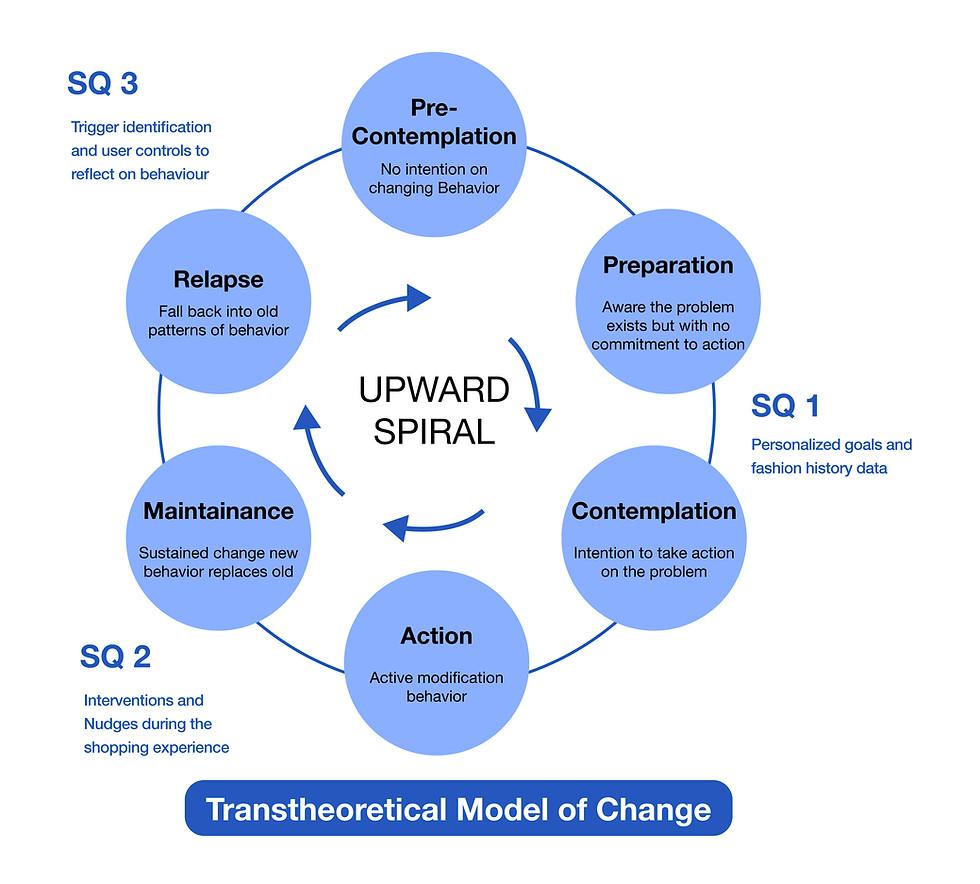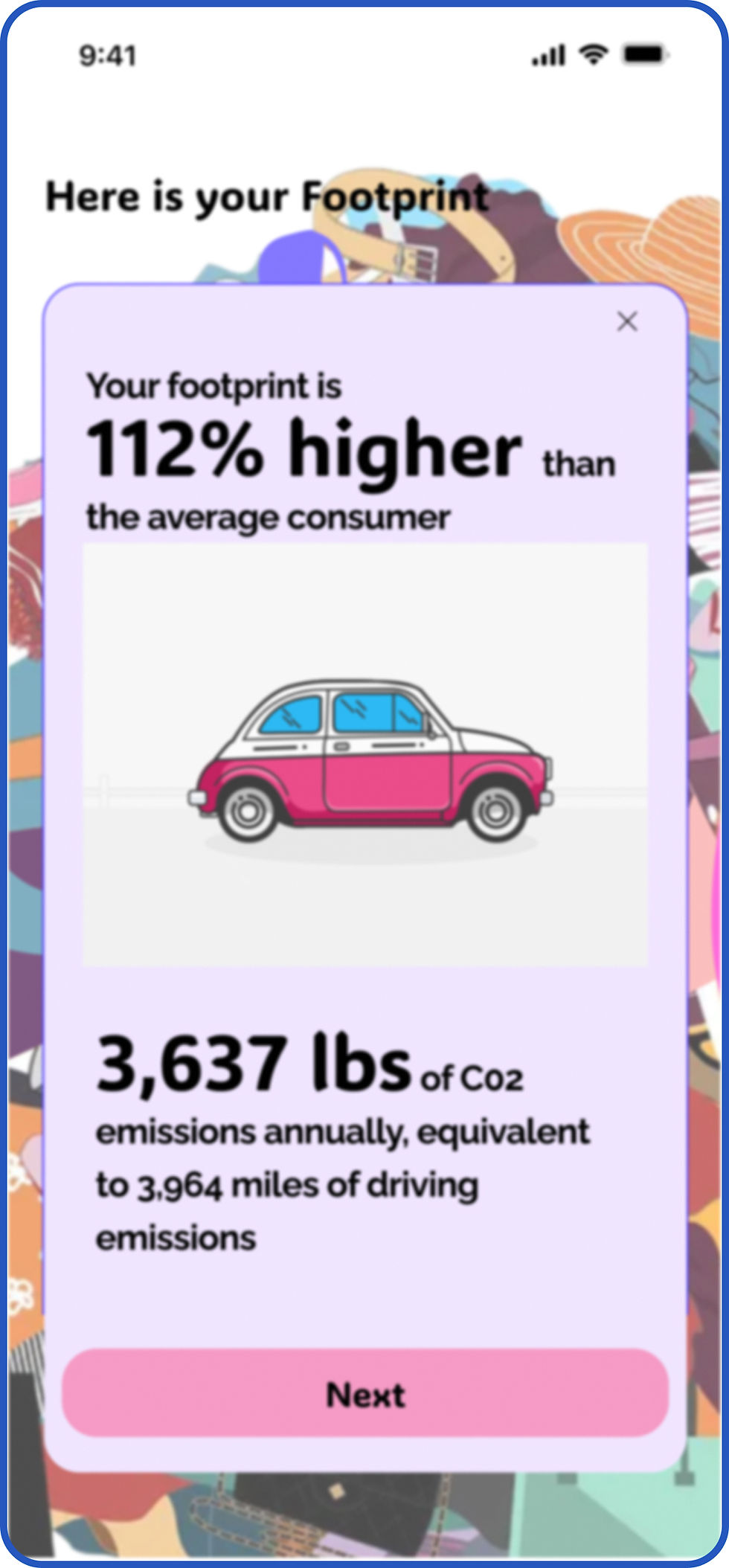

SILK TRAIL
Spine is a NSA-sponsored Data Synthesis support system that helps Target Network Digital Analysts at Language and Analytical Sciences to query, generate reports and draw connections between data for suspicious activity through wifi and cellular networks. Spine uses Large Language Models and Generative AI and outlier detection to synthesize the anomalies in network detection software.
Role
UX Research
Product Strategy
UI Design
Duration
8 Months
Main Research Question:
How can the design of an AI powered Extension interface assist in imparting mindful shopping habits in young adults during fashion purchase decisions through intervention design and impulse identification.
How can AI understand user preferences and behaviors to visualize the user’s current shopping patterns and assist them with delivering personalized goals through user profiling?
How can nudges and interventions within an application gradually shift shoppers' decision models in diverting them from their regular shopping pattern to a more environmentally or financially feasible options?
How can ai identify various impulse triggers in the shopping experiences and encourage them towards mindful and impact oriented shopping habits through user controls ?
Problem statement
The ever-shifting trends and seamless convenience of modern fashion shopping have made unsustainable consumption a norm, contributing to over 2.1 billion tonnes of CO₂ emissions annually.
Mindful shoppers face friction at every stage—from verifying claims to navigating overwhelming thrift options—leading many to default to convenient, impulsive, and unsustainable choices.
Existing budgeting tools and system-level controls fail to address critical micro-decisions within online shopping flows that influence impulsive purchases and habit loops, leaving a gap in promoting environmentally and financially responsible shopping behaviors.
Persona:
.jpg)
Theorization:






User Journey Map

User flow:

Technology:


Initial Sketches
The initial sketches began with mobile interface concepts, allowing me to explore the feasibility of key features such as onboarding flows, data visualizations, and AI-powered recommendations. This early stage informed the expansion of the system into a desktop extension, adapting and scaling interactions.







App Design
Feature 1:
The initial sketches began with mobile interface concepts, allowing me to explore the feasibility of key features such as onboarding flows, data visualizations, and AI-powered recommendations. This early stage informed the expansion of the system into a desktop extension, adapting and scaling interactions.








Feature 2:
Pop-up’s are known to break regular user’s flow, these help user to redirect them back to the sustainable shopping patterns, whenever AI recognizes relapse in shopping behavior cues.







Feature 3:
Pop-up’s are known to break regular user’s flow, these help user to redirect them back to the sustainable shopping patterns, whenever AI recognizes relapse in shopping behavior cues.